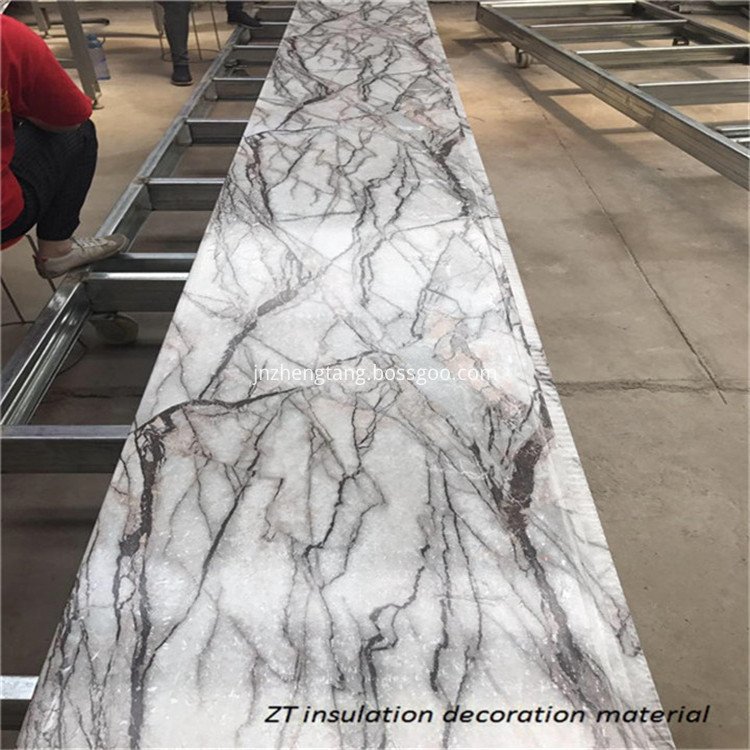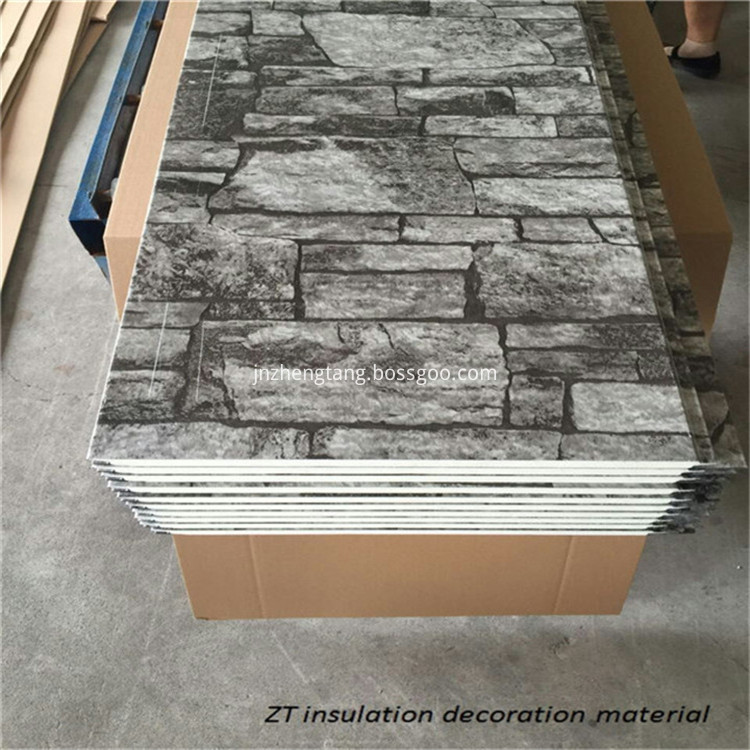Flammable gas detection alarm installation notes:
1. First, identify possible leaks in the workshop installations to be monitored and calculate their leak pressure, possible leaks per unit time, direction of leaks, etc., and draw a chessboard distribution chart, which is divided according to the presumed severity. a, b, c three levels.
2. Based on the predominant direction of the site, the possible circulation of air, and the tendency of natural air flow in the workshop, speculate the trend of natural diffusion of combustible gas on the plane when there is a large amount of leakage.
3. According to the density of the leaked gas (greater than or less than the air), combined with the rising trend of the air flow, a three-dimensional flow chart of the leakage flow is synthesized.
4. According to the concept of the three-dimensional flow of combustible gas leakage formed in this monitoring range, an initial set-point scheme can be made at the downstream position of the flow.
5. Then, examine the point-leakage status of the leak: it may be a micro leak or a spray-like leak. If it is a micro leak, set the position of the point close to the leak. If it is a spray-like leak, keep it away from the leak. In the light of the above, a final set-point plan was drawn up. In this way, the number and type of purchases required can be estimated from the final chess figure drawn.
6. For a large and medium-sized workshop with flammable gas leaks, the relevant regulations recommend that a test point should be set at a distance of (10 to 20) m.
7. For unattended small, non-continuous pumping stations, be aware of the possibility of flammable gas leaks. Especially in the winter when the doors and windows are closed in the north, the leak of combustible gas will soon reach the lower limit of dangerous concentration. Generally, a detector is installed downstream of the prevailing wind direction. If the plant area is larger than 200m2, a monitoring point should be added.
8. For sites with hydrogen leakage, such as large generator sets, hydrogenation plants of refineries, electrolysis plants of electrochemistry plants, hydrochloric acid synthesis furnace plants, warehouses containing hydrogen cylinders, laboratories with gas chromatographs, etc. Install the detector on the upper plane of the leak.
9. For gases such as alkanes (except methane biogas, civil gas), olefins (except ethylene), liquefied petroleum gas, gasoline, kerosene, etc. where the gas density is greater than air, install the detector on the lower surface below the leak point and Pay attention to the characteristics of the surrounding environment. For example, the parts where the indoor ventilation is not smooth, the places where the trenches and trenches are easy to accumulate combustible gas, the underground cable trenches leading to the control room on the spot, and the sewage trenches with a sealed cover plate are all regular or under abnormal production conditions. Sites that can easily accumulate flammable gas should be treated as non-negligible safety monitoring points.
10. Spray paint application sites, large printing presses, and related workplaces are all open flammable gas diffusion sites. In the absence of good ventilation conditions, it is also very easy to bring the flammable gas content in the air close to or reaching the dangerous lower limit concentration value in certain parts. These are all safety monitoring points that cannot be ignored.
Cultured Stone Texture Pu Sandwich Panel


Rich selection of textures and colors meet different decoration requirements, giving the city and the buildings a new look.
The PU foam is the most advanced and eco-friendly insulation material in the world. With the help of the back aluminum foil, the thermal preservation effect achieves the best.
The unique structure prevents the heat loss in winter. Meanwhile it reduces the heat of the summer sunshine.
Aceta paintcoat and flurocarbon paint of weather resistance performance are applied on surface of wall panel. It is reserved with superior self-cleaning, weather resistance, corrosion resistance and acid& alkali resistance performance.
Light weight with 3.7Kgs/m2 makes the installation easy.
The installation process is clean and tidy without any noise and dust, construction waste.
Different selections of accessories meet different effects.
High quality and stable performance: Manufactured in CNC automation production line, the product pass rate can reach 99.9% with stable chemical structure and physical structure.
Cultured Stone Texture PU Sandwich Panel
Metal Siding Panels,Composite Metal Wall Panels,Wall Cladding Panels,Cultured Stone Texture Pu Sandwich Panel
Jinan Zhengtang Insulation Decoration Material Co.Ltd , https://www.ztwallsiding.com